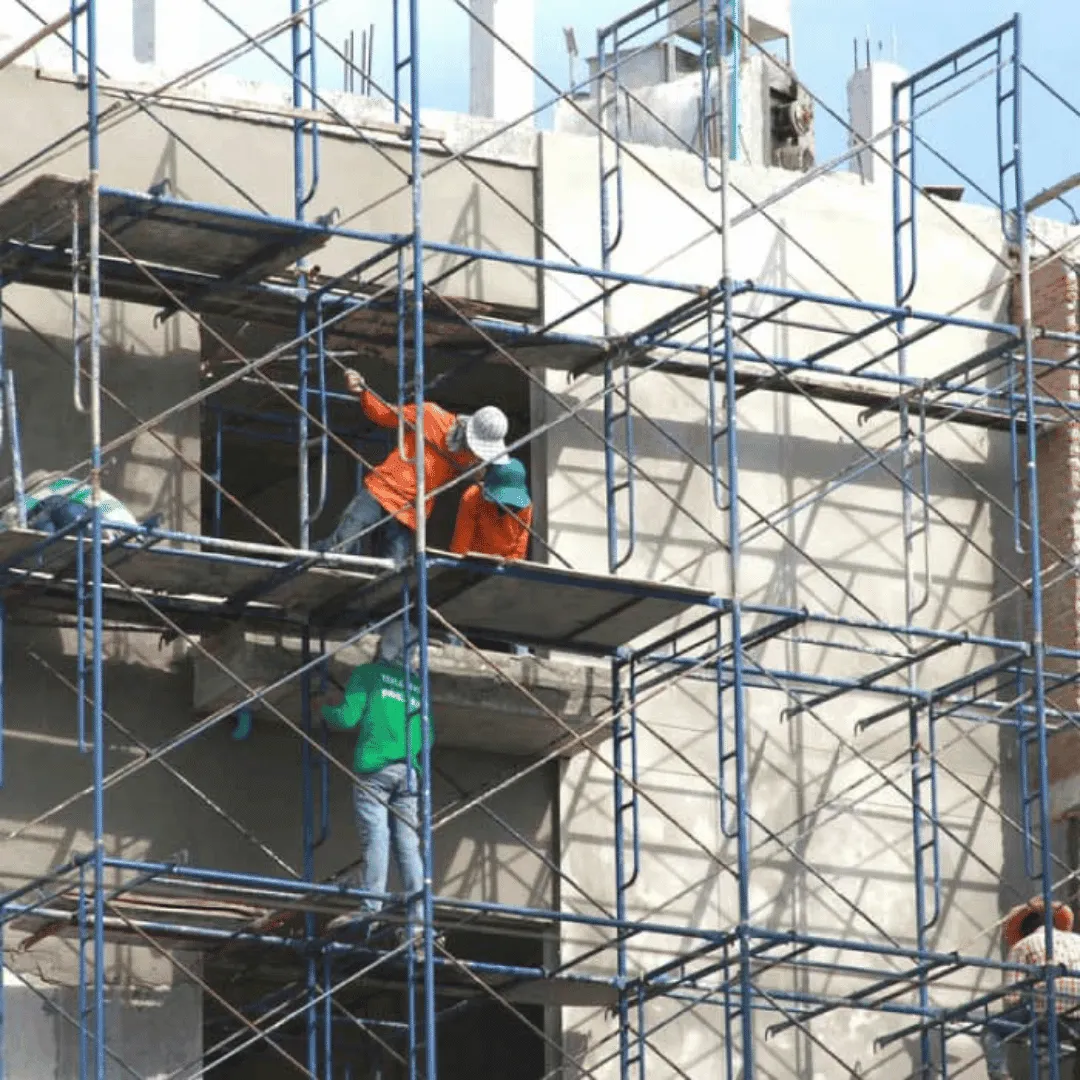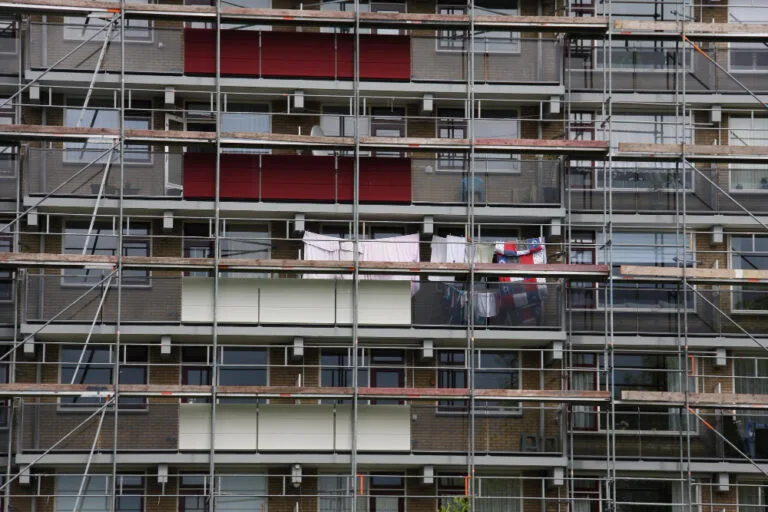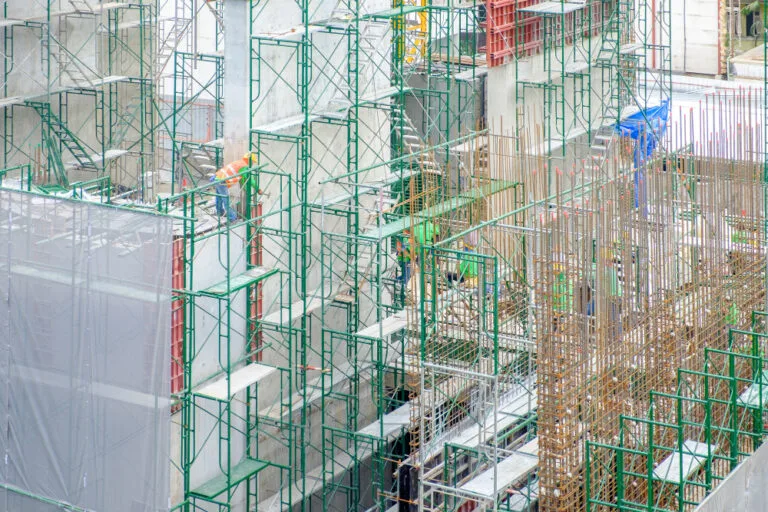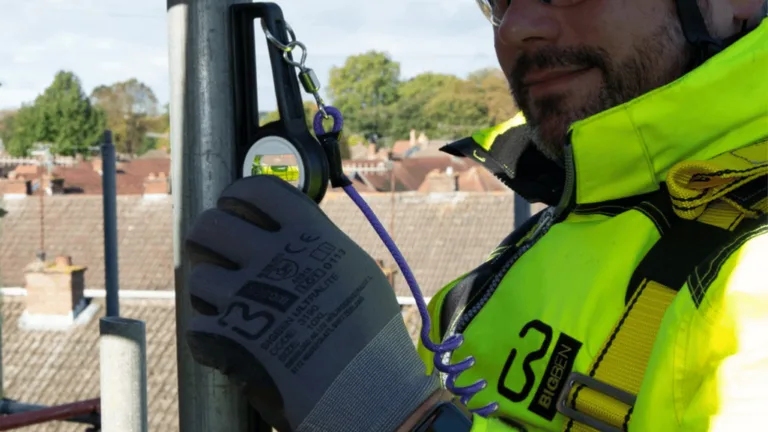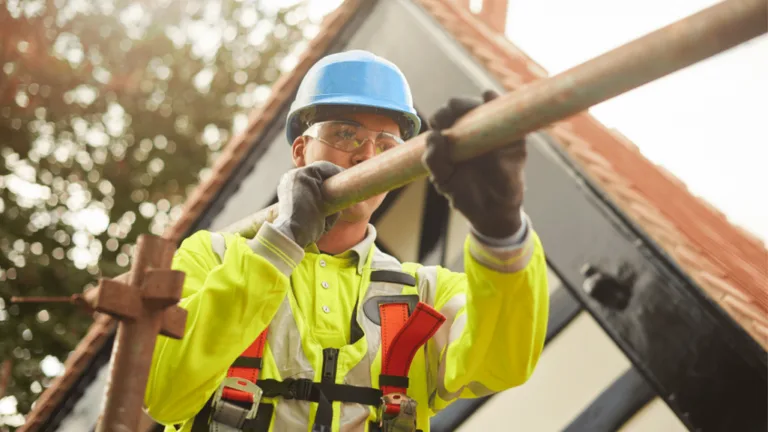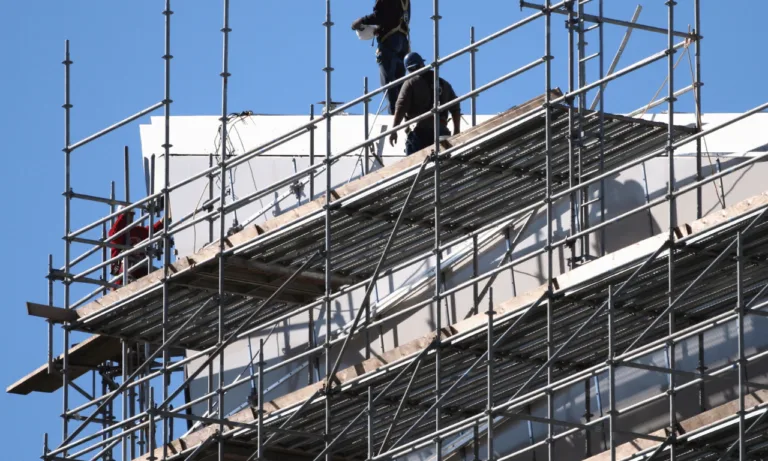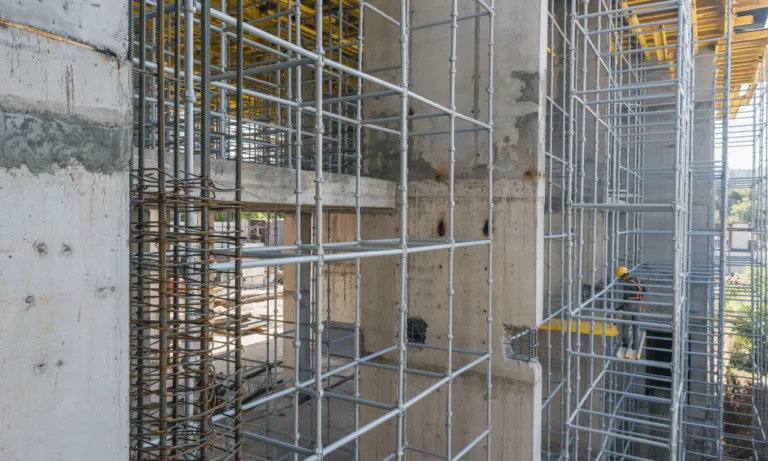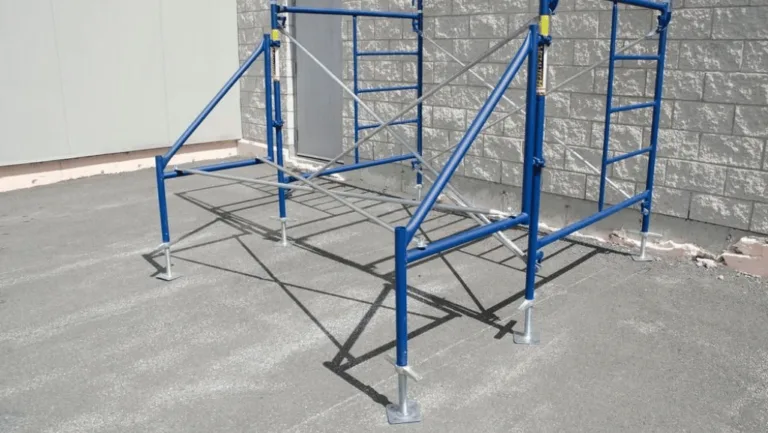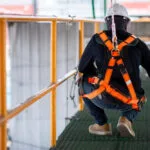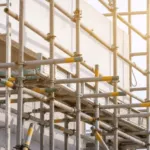Phone:
(+65)8319-0742
Welcome to our comprehensive guide on scaffold tie systems, the backbone of secure construction solutions. In the fast-paced world of construction, safety and stability are paramount. That’s why scaffold tie systems play a crucial role in ensuring the integrity and security of scaffolding structures.
Construction projects demand enhanced safety measures, and scaffold tie systems provide the foundation for secure construction solutions. By effectively anchoring the scaffolding, these systems prevent potential accidents, creating a safe and stable working environment for construction personnel.
In this article, we will dive deep into the world of scaffold tie systems; their purpose, functionality, and the latest advancements in technology that have revolutionized their effectiveness. We will also explore the practical implementation of secure scaffold ties and highlight the numerous benefits they offer to construction projects.
Key Takeaways:
- Scaffold tie systems ensure safety and stability in construction projects.
- Understanding scaffold tie technology and its role in scaffolding structures is crucial for construction personnel.
- The advancements in scaffold tie technology have improved the overall safety and efficiency of scaffold ties.
- Implementing secure scaffold tie systems requires careful selection, installation, and regular maintenance.
- Scaffold tie systems contribute to enhanced safety, stability, and compliance with safety regulations.
Understanding Scaffold Tie Systems
Scaffold tie systems play a vital role in ensuring the safety and stability of construction scaffolding. By securely anchoring the scaffolding to the building or structure, these systems prevent any potential hazards or accidents. Understanding the different types of scaffold ties and anchoring systems is essential for creating a secure worksite environment.
Scaffold ties are the components that connect the scaffolding to the building or structure. They provide the necessary support and prevent the scaffolding from shifting or collapsing. There are various types of scaffold ties available, each designed for specific applications and load requirements. Some common types include tube and fitting ties, through ties, and beam clamps.
Scaffold anchoring systems are an integral part of scaffold tie systems. These systems consist of anchor points that are securely attached to the building or structure. Scaffold ties are then connected to these anchor points, providing a stable connection. The anchoring systems ensure the stability and structural integrity of the scaffolding, especially in adverse weather conditions or during high winds.
When selecting scaffold ties and anchoring systems, it is crucial to consider the specific requirements of the project and comply with safety regulations. Proper installation and regular inspections of these systems are essential for maintaining a safe working environment.
By incorporating reliable scaffold tie systems and anchoring systems, construction companies can provide enhanced scaffold safety solutions for their workers. These systems not only ensure the stability of the scaffolding but also contribute to the overall efficiency and productivity of construction projects.
Types of Scaffold Tie Systems
To further understand scaffold tie systems, let’s explore some common types:
| Type | Description |
| Tube and fitting ties | Consist of tubes and fittings that are used to create a secure connection between the scaffolding and the building or structure. These ties are versatile and can be adjusted to accommodate different scaffolding configurations. |
| Through ties | Also known as “brick ties,” these ties pass through the building or structure and connect to the scaffold. Through ties are commonly used in masonry construction to ensure a stable connection. |
| Beam clamps | These clamps are used to connect the scaffold directly to steel beams. They provide a secure and reliable anchoring point for the scaffolding. |
The image above illustrates the importance of scaffold ties in securely anchoring the scaffolding to the building or structure. This visual representation emphasizes the role of scaffold tie systems in providing safe and stable construction solutions.
Advancements in Scaffold Tie Technology
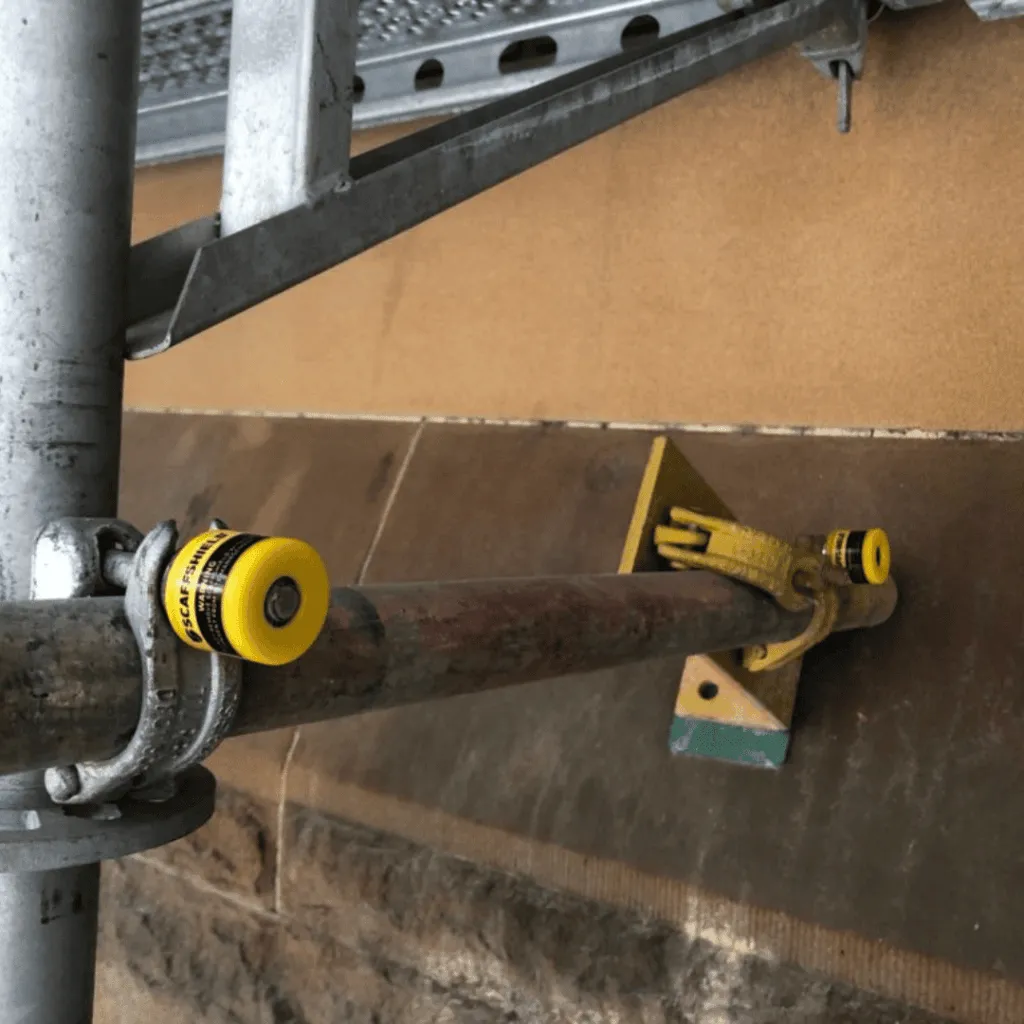
In recent years, the construction industry has witnessed significant advancements in scaffold tie technology, revolutionizing the way scaffolding structures are secured. These innovative developments have paved the way for enhanced safety and efficiency on construction sites.
One of the key areas of advancement is in the use of scaffold anchor points. These anchor points play a crucial role in creating a secure tie system that keeps scaffolding structures stable and sturdy. By providing reliable points of attachment, scaffold anchor points ensure that ties are properly secured, minimizing the risk of accidents and ensuring the safety of workers.
Moreover, scaffold anchor points are designed to accommodate various tie configurations, allowing for flexibility and versatility in scaffold design. They can be strategically placed to distribute forces evenly, maximizing stability even in challenging or complex construction environments.
With the introduction of state-of-the-art anchor point technologies, construction professionals now have access to a range of options that cater to their specific project requirements. These innovative anchor points incorporate features like adjustable angles, robust locking mechanisms, and quick installation systems, streamlining the process of securing scaffold ties.
Another notable advancement is the use of intelligent scaffold tie systems that leverage technology to provide real-time monitoring and feedback. These systems employ sensors and monitoring devices to detect any abnormalities or excessive loads on the scaffold ties. This proactive approach allows for prompt intervention and corrective actions, preventing potential failures and ensuring the safety of workers on-site.
In summary, the advancements in scaffold tie technology, with a focus on scaffold anchor points and intelligent monitoring systems, have revolutionized the construction industry. These innovations have significantly improved the safety and efficiency of scaffold ties, providing construction professionals with enhanced peace of mind and delivering secure construction solutions.
| Innovative Scaffold Tie Technology | Benefits |
|---|---|
| Advanced scaffold anchor points | Enhanced stability and safety |
| Flexibility and versatility | Adaptability to different scaffold designs |
| Intelligent monitoring systems | Real-time detection and preventive measures |
Implementing Secure Scaffold Tie Systems
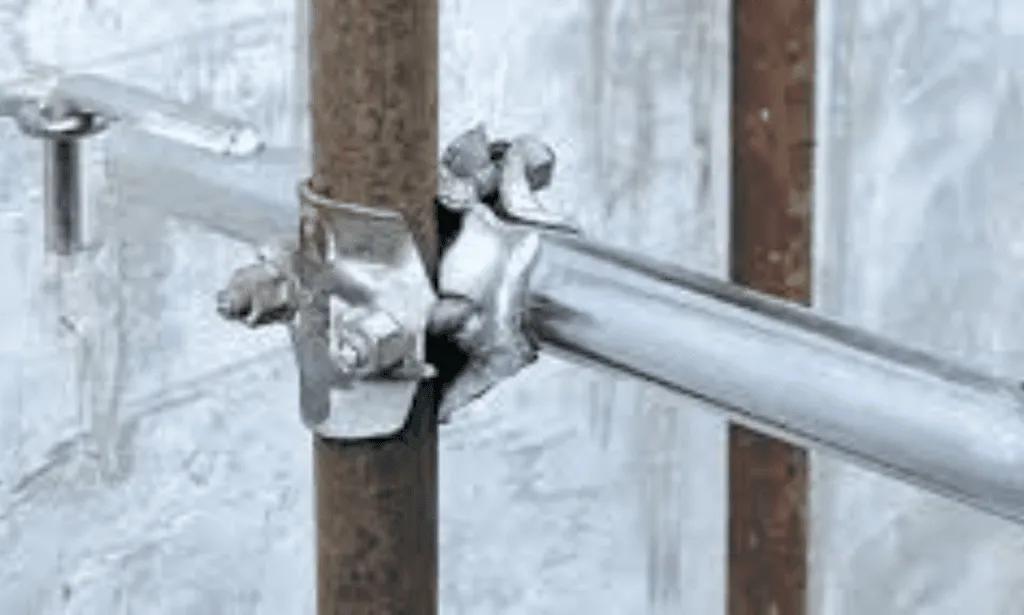
In order to ensure the safety and stability of construction scaffolding, it is crucial to implement secure scaffold tie systems. By following guidelines and best practices for selecting and installing construction scaffolding ties, you can establish a reliable foundation for your project. Additionally, understanding the importance of scaffold tie-off systems and maintaining secure ties throughout the construction process is paramount for a successful and accident-free worksite.
Guidelines for Selecting Construction Scaffolding Ties
- Choose ties specifically designed for your scaffold system: It is important to select construction scaffolding ties that are compatible with your specific scaffold system. This ensures a proper fit and reduces the risk of instability.
- Consider the type of scaffold and project requirements: Different types of scaffolds may have varying tie requirements. Take into account the height and configuration of the scaffold, as well as the environmental conditions and load-bearing capacity.
- Opt for high-quality materials: Construction scaffolding ties should be made from durable materials that can withstand the demands of the job site. Look for ties that are corrosion-resistant and have high tensile strength.
- Adhere to industry regulations and standards: It is essential to comply with local, state, and national regulations governing scaffold safety. Familiarize yourself with the relevant standards and ensure that the chosen ties meet these requirements.
Best Practices for Installing Construction Scaffolding Ties
- Follow manufacturer instructions: Carefully read and follow the manufacturer’s instructions for installing construction scaffolding ties. This helps to ensure correct installation and proper functioning of the tie system.
- Securely fasten the ties: It is crucial to properly secure the ties to the scaffold structure. Use the appropriate fasteners, such as bolts or clamps, and ensure a tight and secure connection.
- Regularly inspect and maintain the ties: Perform routine inspections of the scaffold ties to identify any signs of wear, damage, or loosening. Replace any worn or damaged ties immediately to maintain the integrity of the tie system.
The Importance of Scaffold Tie-Off Systems
In addition to construction scaffolding ties, scaffold tie-off systems play a significant role in ensuring the safety of workers. Scaffold tie-offs provide an additional layer of security by anchoring the scaffold structure to a stable and secure point. These systems prevent excessive movement and sway, reducing the risk of accidents and injuries.
By implementing secure scaffold tie systems, including construction scaffolding ties and scaffold tie-off systems, you can create a safer working environment for everyone involved in the construction project. Regular inspections and maintenance of the tie systems are essential to guarantee their effectiveness throughout the construction process.
Benefits of Scaffold Tie Systems
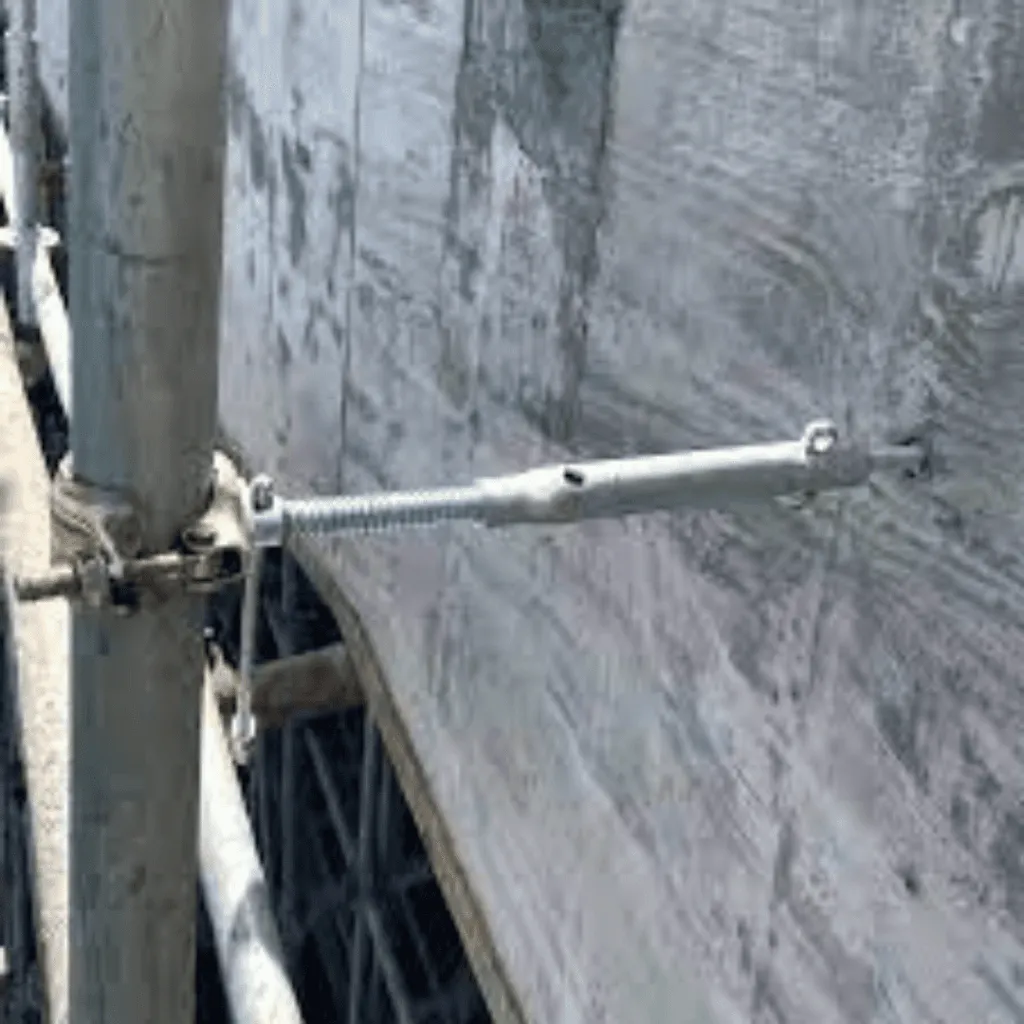
In construction projects, ensuring safety, stability, and efficiency on the worksite is of utmost importance. That’s why scaffold tie systems are an integral part of any construction project, offering valuable benefits to both workers and the overall project. By implementing scaffold tie systems, construction teams can greatly enhance the safety and security of scaffolding structures, contributing to a smooth and successful construction process.
Enhanced Safety:
Scaffold tie systems provide a crucial layer of safety by preventing the collapse or movement of scaffolding structures. These systems secure the scaffolds to the building or other stable anchors, reducing the risk of accidents, falls, and other mishaps. By ensuring proper stability, scaffold tie systems keep workers safe while they perform their tasks at various heights.
Improved Stability:
Scaffold tie systems enhance the overall stability of scaffolding structures, even in challenging and adverse conditions. By effectively distributing weight and forces throughout the scaffolding, these systems minimize sway and movement, creating a solid and secure platform for workers to carry out their tasks. The increased stability also reduces the risk of damage to the building or surrounding areas, providing peace of mind to both workers and project managers.
Compliance with Safety Regulations and Standards:
In the construction industry, adherence to safety regulations and standards is vital. Scaffold tie systems play a crucial role in meeting these requirements. With secure scaffold ties, construction projects can ensure compliance with local, regional, and national safety guidelines. This commitment to safety not only protects workers but also helps project teams avoid legal and financial consequences associated with safety violations.
Increased Efficiency:
By incorporating scaffold tie systems into construction projects, teams can improve overall efficiency. With enhanced safety and stability, workers can focus on their tasks with confidence and efficiency, leading to increased productivity. The seamless integration of scaffold tie systems translates into fewer delays, rework, and disruptions, ultimately saving time and resources.
The benefits of scaffold tie systems are undeniable. They provide enhanced safety, improved stability, compliance with safety regulations, and increased efficiency on construction worksites. By investing in secure scaffold ties, construction projects can ensure the well-being of workers, the success of the project, and the overall satisfaction of stakeholders.
| Benefit | Description |
|---|---|
| Enhanced Safety | Scaffold tie systems prevent accidents and falls by securing scaffolding structures. |
| Improved Stability | By minimizing sway and movement, scaffold tie systems create a stable platform for workers. |
| Compliance with Safety Regulations and Standards | Scaffold tie systems ensure adherence to safety guidelines and protect against legal consequences. |
| Increased Efficiency | With enhanced safety and stability, workers can focus on tasks with confidence and productivity. |
Conclusion
In conclusion, scaffold tie systems play a crucial role in ensuring the safety and stability of construction projects. By using secure tie systems, construction workers can minimize the risk of accidents, provide a secure working environment, and comply with safety regulations and standards.
Regular inspection and maintenance of scaffold tie systems are of utmost importance. By conducting routine checks, any potential issues or weaknesses can be identified and addressed promptly, ensuring the continued effectiveness of the tie systems throughout the construction process.
With the advancements in scaffold tie technology, construction professionals now have access to innovative solutions that offer enhanced security and efficiency. By implementing these secure tie systems and following best practices for installation and maintenance, construction companies can significantly improve the overall safety and stability of their scaffolding structures.
FAQ
What are scaffold tie systems?
Scaffold tie systems are specialized anchoring systems used in construction scaffolding to secure the scaffold structure. They are designed to provide stability and prevent the scaffolding from tipping or collapsing. These systems consist of various components and methods that ensure the scaffold remains secure throughout the construction process.
Why are scaffold tie systems important?
Scaffold tie systems are crucial for construction projects as they enhance safety and prevent accidents. They help to distribute the weight and forces applied to the scaffold, minimizing the risk of structural failure. By securing the scaffolding, these systems protect workers and ensure a stable working environment for productivity and efficiency.
What types of scaffold ties are available?
There are several types of scaffold ties available, including gravity ties, raker ties, and through ties. Gravity ties rely on the weight of the scaffold to provide stability, while raker ties use diagonal bracing to secure the structure. Through ties pass through the scaffold frames, connecting them to the building or structure being worked on.
How do scaffold tie systems improve safety?
Scaffold tie systems enhance safety by preventing scaffold movement, reducing the risk of collapse, and improving overall stability. These systems ensure that the scaffolding remains firmly in place, even during adverse weather conditions or when subjected to external forces. By implementing secure scaffold ties, construction sites can significantly reduce the potential for accidents or injuries.
What are scaffold anchor points?
Scaffold anchor points are specific points in a building or structure where scaffold ties are attached. These anchor points are strategically chosen to provide the strongest connection between the scaffold and the supporting structure. They play a vital role in ensuring the stability and secure attachment of the scaffold, preventing any dislodgment or movement.
How should scaffold ties be installed and maintained?
Scaffold ties should be installed and maintained according to specific guidelines and manufacturer instructions. It is essential to follow proper installation techniques, evaluating the strength and integrity of the attachment points. Regular inspections should be conducted to identify any signs of wear or damage and address them promptly. Any necessary repairs or replacements should be performed by trained professionals.

